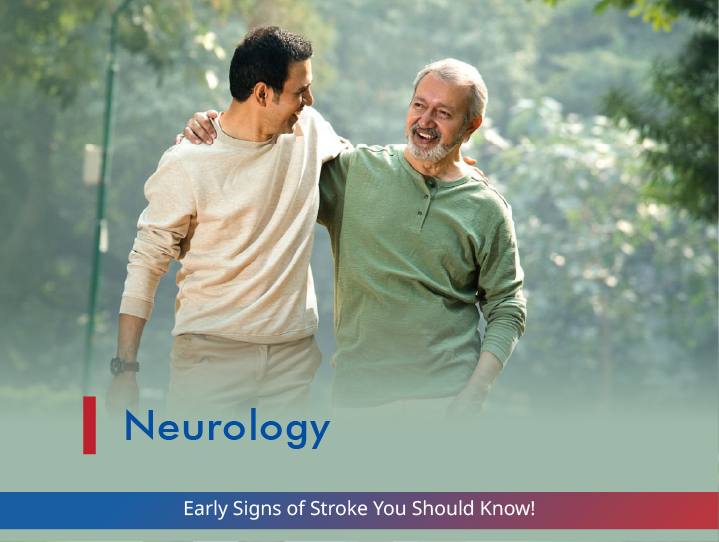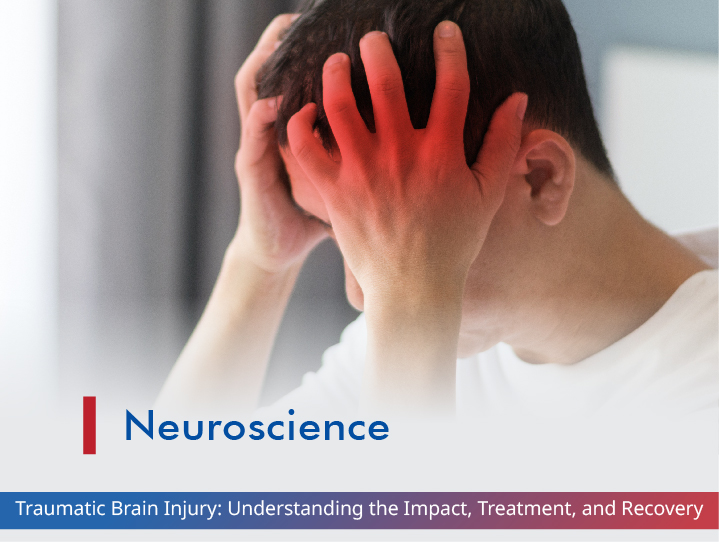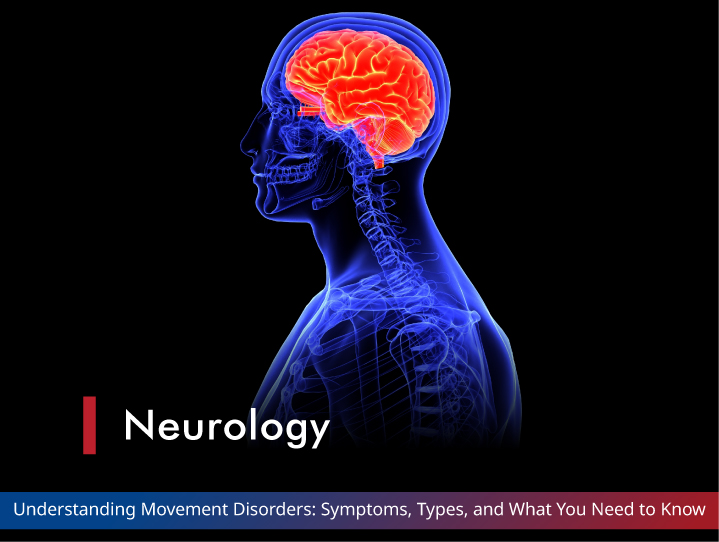Parkinson’s disease (PD) is a type of chronic neurodegenerative movement disorder caused due to the loss of dopamine neurons in the substantia nigra of the brain. It affects millions of people worldwide and at least 1 percent of the population over the age of 60 years. PD occurring below the age group of 40 is known as early-onset PD, which is further classified into a juvenile(<21years) and a young-onset PD(21-40years). PD is characterized by two main categories of symptoms namely motor and nonmotor symptoms. The motor symptoms of PD are due to the deficiency of dopamine in the basal ganglia which involves bradykinesia, rigidity, tremors, and postural instability. The non-motor symptoms mainly constitute mood and sleep disorders.
If a patient is developing motor symptoms of Parkinson’s disease, it means he/she has lost at least 50% of dopamine cells in the substantia nigra. This indicates that pathological changes occur decades earlier than the appearance of clinical symptoms and signs. This is called the premotor phase which can be associated with some non motor manifestations like apathy, anxiety, mood changes, loss of sense of smell, constipation, and REM sleep behavior disorder. Though the disease is progressive and chronic, it is one of the few neurodegenerative disorders which can be readily treated to help the patient lead a comfortable living.
What causes PD?
It is thought to be multifactorial, including age, environmental factors, genetic factors, and hereditary predisposition. The male preponderance of PD has been observed in many studies. 5-10% of cases have a genetic predisposition. Some of the important risk factors studied in Parkinson’s disease include positive family history, increasing age, exposure to pesticides, nitrogen dioxide in air pollution, dairy products, traumatic brain injury, vitamin D deficiency, rural living, well water use, excess iron in the diet, industrial areas with high manganese, copper or lead exposure.
How to diagnose PD?
The diagnosis is based on clinical signs and symptoms as described above. The early stages of the disease often go unnoticed. Bradykinesia which includes generalized slowness of movements is the most disabling symptom in PD. Bradykinesia with at least one of the motor symptoms is sufficient to clinically define PD. Tremors seen in PD are generally the “pill-rolling” type which is most noticeable during rest when the limb is not involved in any purposeful activities. Tremors in other conditions are postural and increase during movements. Rigidity is characterized by increased resistance to passive movements. All these three motor symptoms begin unilaterally and remain asymmetric. The phenomenon of postural instability occurs late in the course of the disease. It is a feeling of imbalance and a tendency to fall.
There are certain features which are called the red flags in PD, which when encountered to consider the alternate diagnosis. These include early-onset dementia and hallucinations, early freezing, postural instability, dysautonomia, speech difficulties, recurrent falls, symmetrical symptoms, and poor response to levodopa.
Imaging like brain MRI and CT may be supportive to rule out secondary causes. Molecular imaging can help to support our clinical diagnosis. Dopamine transporter single-photon emission computed tomography(SPECT) has high sensitivity and specificity in differentiation PD from essential tremors.
How to treat Parkinson’s disease?
The decision on the treatment of PD is based on the extent to which the activities of daily living are affected and the patient’s preferences on taking medicines. The treatment is primarily symptomatic and long-term. It consists of a dopamine replacement strategy to improve disabling signs and symptoms. There are no neuroprotective therapies or disease-modifying therapies available so far.
When PD is newly diagnosed in a patient, it is important to conclude whether the symptoms are bothersome enough to warrant treatment. While doing this the nonmotor symptoms should also be considered. The other factors to be considered include the age of the patient, other comorbid
conditions, source of income and employment status, and quality of life issues. The discussion with the patient to know if the patient has come for symptomatic relief, to obtain a diagnosis, or to take a second opinion will lead us to further steps. There are few controversies about initiating levodopa in younger patients as the motor dyskinesias and fluctuations are seen with longer disease duration and higher dose of levodopa. Hence in younger patients, we prefer other classes of medicines, to begin with.
Levodopa is the gold standard treatment in managing PD. It is available as extended-release, immediate release, orally disintegrating, intestinal gel, and inhalation powder.
The main classes of drugs used in PD are Levodopa, MAO-B inhibitors, COMT inhibitors, dopamine agonists, and Amantadine. Anticholinergics have a role in tremors. After a few years of treatment, due to the progression of the disease, the effect of levodopa reduces, especially the duration of benefit. Recently, surgical therapy such as Deep Brain stimulation and drug infusions has become available and effective in patients with motor complications.
All Parkinson’s disease patients should perform safe exercises. The long term aerobic exercises may slow the disease progression according to some evidence. Boxing, Yoga, Dance, and music therapies also play a role. Computer games, cognitive exercises, and puzzles should be encouraged.
Advanced PD
As the disease advances, the efficacy and benefit of the medications reduce. Patients start experiencing symptoms before the next dose which we call “wearing-off”. The dyskinesias and motor fluctuations are experienced throughout the day. The issues with swallowing and gastric emptying set in which may affect the medication absorption. Nonmotor fluctuations like fatigue, depression, anxiety, and other mood disorders worsen. In these cases, other forms of medicines such as intestinal gel come into the picture.
In such advanced cases, surgical options such as DBS may be considered which involves the electrical stimulation of the target with an implanted current source. The targets include the subthalamic nucleus, the ventral intermediate nucleus of the thalamus, and globus pallidus interna. DBS is a programmable procedure. Accurate implantation at the target and right patient selection remains the key to success.



































